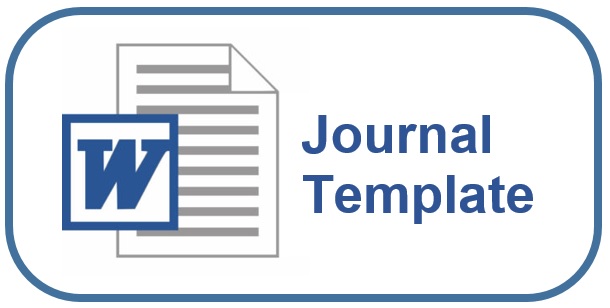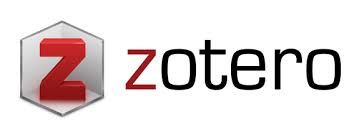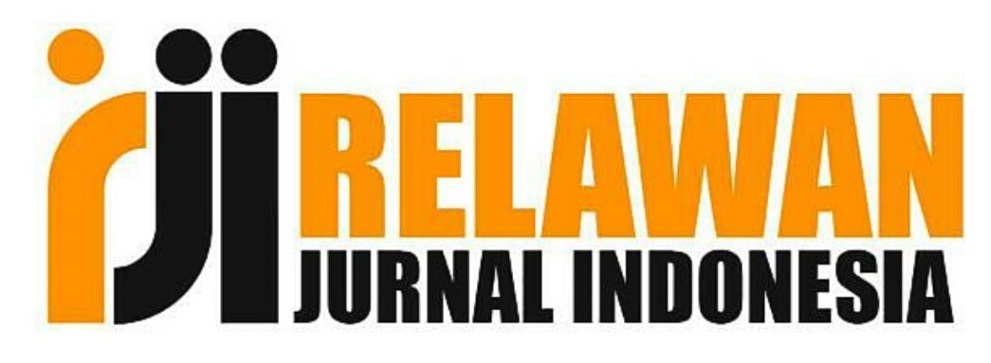Penerapan Geostatistik Dalam Analisis Spasi Lubang Bor Bagi Perencana Eksplorasi Tambang
DOI:
https://doi.org/10.36277/abdimasuniversal.v4i1.212Keywords:
exploration borehole, geostatistics, global estimation variance, resources evaluationAbstract
Currently, in planning for mineral and coal exploration drilling, there are still many questions about how to determine the optimal borehole distance for resource classification, because the determination of the number of drill holes will be highly correlated with the expenditure of exploration funds. The solution to answer these questions is to increase the knowledge and understanding of exploration planners regarding borehole distance analysis for resource classification, especially by using geostatistical methods. In this case, the technique used is global estimation variance. The implementation of community service in the form of workshops is carried out in various stages, including the planning stage, workshops and activity evaluation. The results of this activity can increase the understanding and knowledge of the participants about the concept of geostatistics and determining the optimal number of drill holes. The conclusion of the workshop that was carried out was that almost all participants were able to receive the material presented, it was seen from the very intensive discussion at the end of the event and at the end of the event the participants wanted further training by increasing practice.
Downloads
References
Abzalov, M Z and Bower, J. (2009): Joint_Simulations_Optimal_Drillhole_Spac.pdf.
BSN (2019): SNI 5015:2019 Pedoman pelaporan hasil eksplorasi, sumber daya, dan cadangan batubara, retrieved from internet: www.bsn.go.id.
Heriawan, M. N., Pillayati, P., Widodo, L. E., and Widayat, A. H. (2020): Drill hole spacing optimization of non-stationary data for seam thickness and total sulfur: A case study of coal deposits at Balikpapan Formation, Kutai Basin, East Kalimantan, International Journal of Coal Geology, 223(March), 103466. https://doi.org/10.1016/j.coal.2020.103466.
Indonesia, D. P. (2008): Kamus Besar Bahasa Indonesia (KBBI).
Marwanza, I., Nas, C., Azizi, M. A., and Simamora, J. H. (2019): Comparison between moving windows statistical method and kriging method in coal resource estimation, Journal of Physics: Conference Series, 1402(3). https://doi.org/10.1088/1742-6596/1402/3/033016.
Oliver Schabenberger, C. A. G. (2017): Statistical Methods for Spatial Data Analysis, Boca Raton, retrieved from internet: https://www.taylorfrancis.com/books/mono/10.1201/9781315275086/statistical-methods-spatial-data-analysis-oliver-schabenberger-carol-gotway, 512.
Ramadhan, M. D., Marwanza, I., Nas, C., Azizi, M. A., Dahani, W., and Kurniawati, R. (2021): Drill Holes Spacing Analysis for Estimation and Classification of Coal Resources Based on Variogram and Kriging, IOP Conference Series: Earth and Environmental Science, 819(1), 1–14. https://doi.org/10.1088/1755-1315/819/1/012026.
Sianturi, R. K., Heriawan, M. N., and Syafrizal, S. (2020): Analisis Spasi Lubang Bor Untuk Mengevaluasi Sumberdaya Timah Aluvial Dan Mineral Ikutannya Di Pulau Bangka Dengan Global Estimation Variance, RISET Geologi Dan Pertambangan, 30(2), 153. https://doi.org/10.14203/risetgeotam2020.v30.1115.
Standar Nasional Indonesia 4726 (2011): Pedoman pelaporan, sumberdaya, dan cadangan mineral, Amandemen 1-SNI-13-4726-2011., 32.
Williams, C., Henderson, K., and Summers, S. (2015): Practical application of drill hole spacing analysis in coal resource estimation, Bowen Basin Symposium 2015 - Bowen Basin and Beyond, 275–285.
Zulkarnain, I., & Bargawa, W., S. (2018). Classification of Coal Resources Using Drill Hole Spacing Analysis (DHSA), Journal of Geological Resource and Engineering, 6(4), 151–159. https://doi.org/10.17265/2328-2193/2018.04.003.





















